We drive through the Kyzylkum Desert on the Central Asia Rally.
Much of the Central Asia Rally is spent discovering the unexpected: glorious medieval cities, tranquil lakes, and incredible mountain passes. However, we also traverse less surprising Central Asian terrain: desert. The Kyzylkum, which in local Turkic languages means “red sand”, is one of the largest deserts on earth. We drive through each year on the Central Asia Rally and it’s more interesting than meets the eye.
Where is the Kyzylkum Desert?
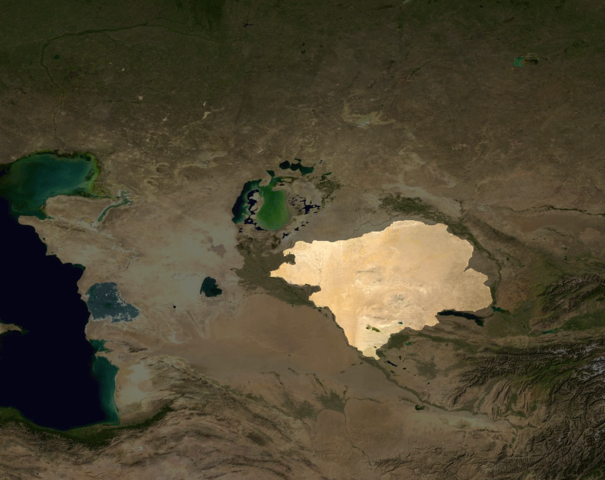
The Kyzylkum desert is between two rivers — Amu Darya and Syr Darya — and is shared by the territory of Kazakhstan, Uzbekistan, and Turkmenistan. At just under 300,000 square kilometers, it is the 16th largest desert on earth. Mostly consisting of sand, there are some areas of salt flats and even some oases. The temperature in summer can reach as high as 50 degrees Celsius, although only in certain points of the desert.
What is there to do?
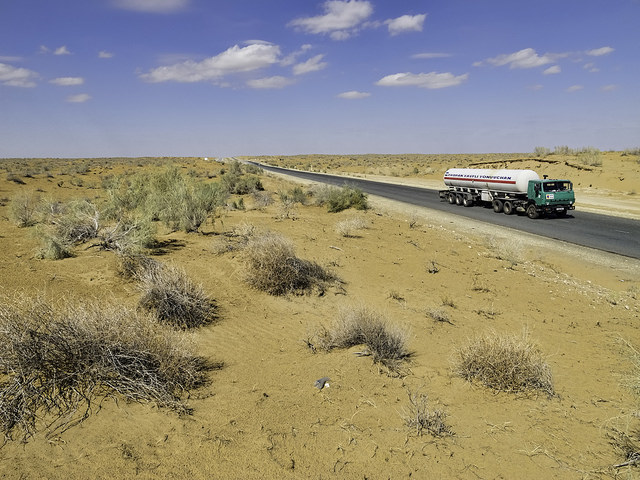
Mostly, drive. And hope you don’t break down. There are, however, a surprising range of rare animals who make their home in Kyzylkum desert, which you may spot in the wild or, more likely, in certain nature reserves. This wildlife includes the Russian (or Central Asian) tortoise, which was among the first species to travel to the moon (genuinely, although to be fair they didn’t have much say in the matter), the Golden Eagle, and the so-called Bukhara deer.
What is there to see?
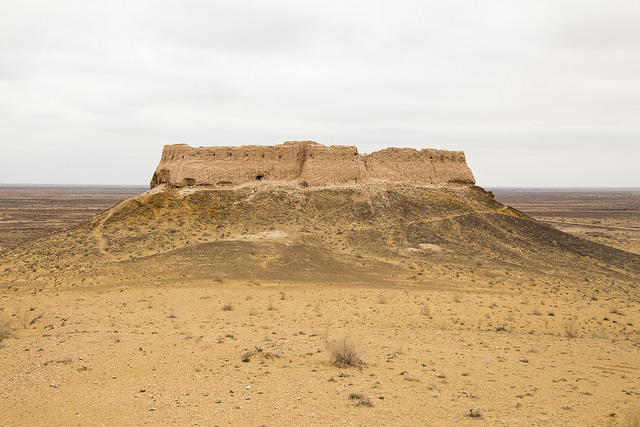
Although deserts, this or any other, tend not to be action packed, this does pose advantages for lovers of history: things things tend to stay around for a long time. The Kyzylkum Desert has provided many fossils of numerous ancient species. There are archaeological remains too: pictured above is one of the fortresses in the Ayaz Kala complex, which were built around two thousand years ago.
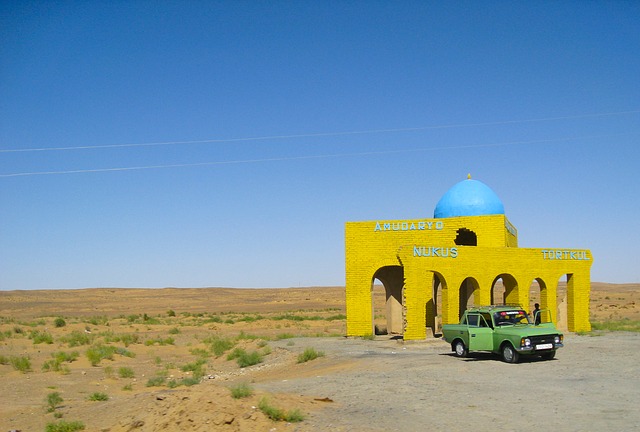
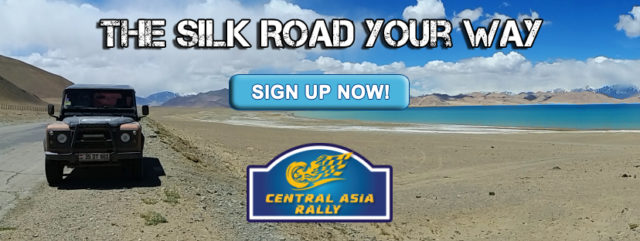
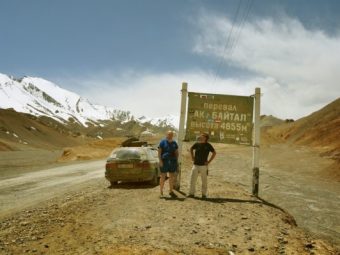
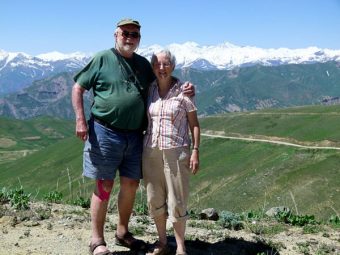

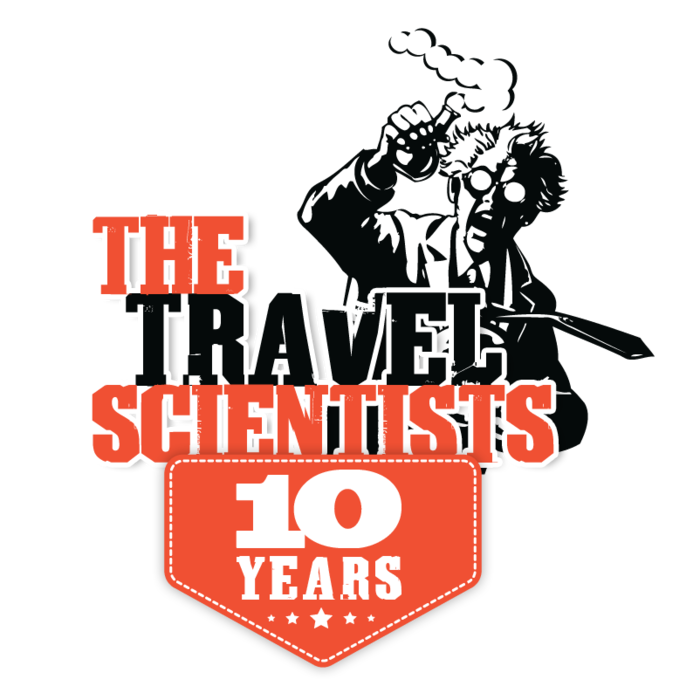
Leave a Reply